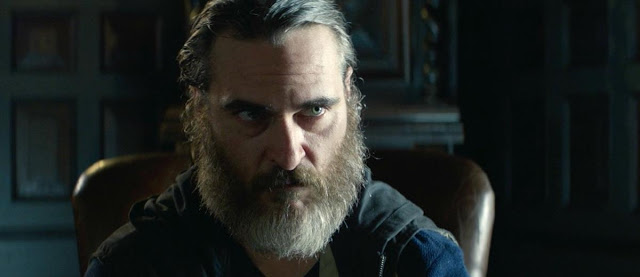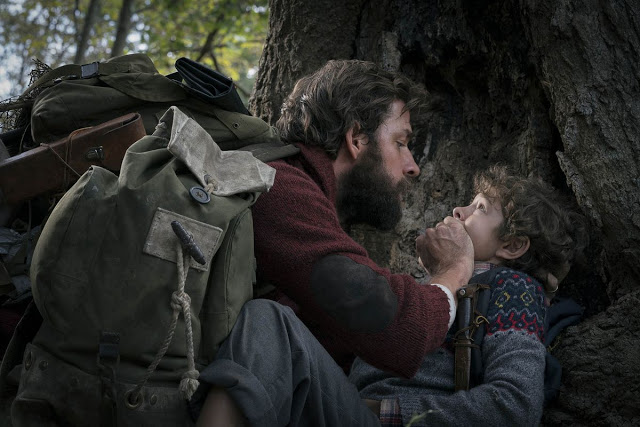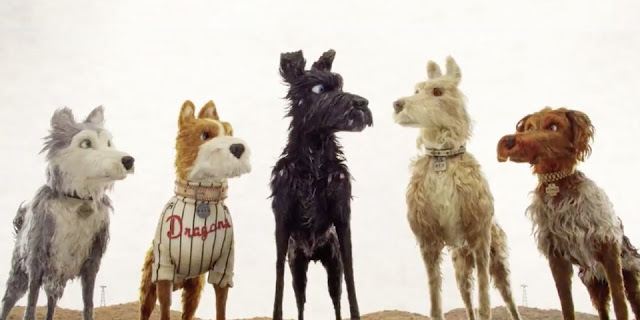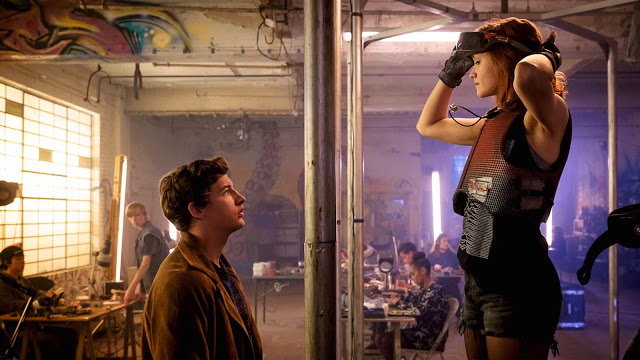You Were Never Really Here: Out for Blood, But Lost in Fog
Action-packed but not kinetic, stimulating but not engaging, immersive but not intimate—Lynne Ramsay’s You Were Never Really Here might be described as an anti-thriller. Its plot, which is essentially Taken by way of Taxi Driver, features a handful of genre staples: a rugged but troubled hero, a girl in peril, a cadre of reprehensible evildoers, crushed skulls and buckets of blood. But while the movie hits all of the familiar revenge-narrative beats, it does so in decidedly offbeat ways, preferring to linger in the unsettling spaces that bubble up between the requisite moments of violence and mayhem. It’s less interested in elevating your pulse than in digging under your skin.
This approach has its rewards. You will surely see more exciting movies in 2018 than You Were Never Really Here, but you may not see a more distinctive one, and there’s intrigue in the way Ramsay upends expectations and shows you something creepy and new. But her assaultive style has limitations, too; when viewed from a certain angle, her commitment to jaggedness is less suggestive of a disciplined artist abiding by her principles than of a smug director refusing to entertain her audience. The result is a film that’s easy to admire but difficult to, you know, actually like. Read More





